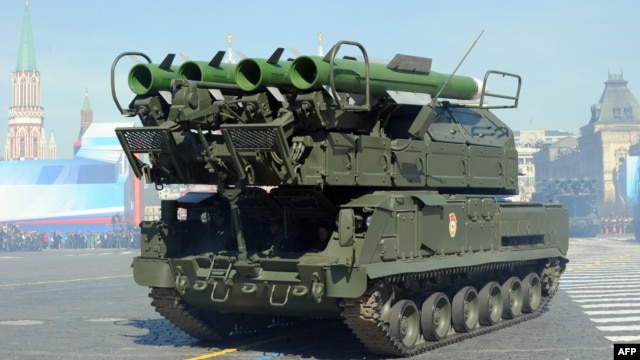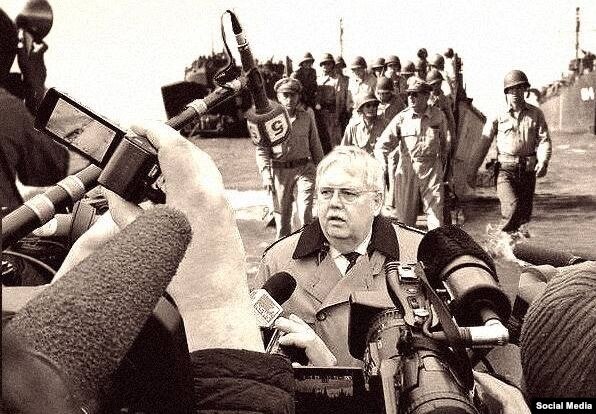Raymond
L. Garthoff
Soviet
Leaders and Intelligence: Assessing the American Adversary During the Cold War
Georgetown
University Press
2015
ISBN:978-1-62616-229-7
160
Pages
$26.95
Books
on intelligence history often get bogged down in details. Books on history, and especially on
historical leaders, are often ignorant of the details of intelligence that
could add depth to their analyses. Soviet Leaders and Intelligence is a
book that avoids both of these problems.
This slim volume eschews pages of details about intelligence minutia and
instead focuses on the issue of leader assessment of the US within the context
of intelligence collection and analysis. While it is a slim book, it has within
it a great deal to offer to scholars of not only intelligence, but of Cold War
History, foreign policy, and diplomacy.
It is also a book that will be of interest to general audiences who are
interested in the Cold War, Soviet history, and US-Soviet relations.
Garthoff’s
study of the way that Soviet leaders view intelligence is situated squarely
within the context of the Cold War.
Garthoff does this in two ways. First he outlines the geopolitical
causes of the Cold War between the two states.
Second, he outlines the way that ideology on the part of the Soviet
leaders both exacerbated tensions and shaded their perceptions of the United
States, its intentions, and its actions.
This primary context of the book is the thread that ties together each
of the chapter vignettes. The book
itself is arranged so that each Soviet leader – from Stalin through Gorbachev
has his own chapter (with the exception of Andropov and Chernenko, whose short
tenures were such that they are simply appended to Brezhnev and Gorbachev
respectively).
One
of the key insights of this book is the individual insights into the worldview
of each of the Soviet leaders. Stalin, for instance, relied on personal
relationships and his own analysis of the world, eschewing the analysis of
intelligence and diplomatic personnel.
In the case of Stalin, his own isolation led to misconceptions and a
belligerence toward the west, western media, and western leaders (Garthoff
2015, 3). Like Stalin, Khrushchev’s view of the United States was not affected
by the intelligence provided to him (Garthoff 2015, 25), but he was also able
to learn from early mistakes and bluffs against Kennedy. Khrushchev was affected by his own
experiences visiting America and his meetings with two presidents. He credited President Kennedy for bringing
more caution to the tone which the United States used in describing the Soviet
Union (Garthoff 2015, 34).
The
lesson that comes across throughout the book, however, is just how little the
leaders of the Soviet Union heeded intelligence estimates. Garthoff (2015, 75) describes how Gorbachev’s
own worldview evolved:
As had occurred with his predecessors, personal
contact and communication with a literally personified ‘adversary’ brought
about changed perceptions and new policies.
The
shifting attitudes of Gorbachev are contrasted with the continued negative view
of US actions by the KGB and GRU led to what Garthoff (2015, 84) characterizes
as an “intelligence war” between the US and Soviet intelligence services. This intelligence war did not affect
Gorbachev, and in fact his “…early interest in intelligence reports quickly
declined” (Garthoff 2015, 85).
The
politicization of intelligence, and intelligence skewed by a heavy ideological
bias diminished the utility of that intelligence to the state leaders. In the case of Stalin, the bias came from the
top, by the time that Gorbachev had taken power, it had moved to the intelligence
services. The end result was that
intelligence lost its consumers, the intelligence services lost their taskings,
was cut out of the feedback loop, and ultimately lost its relationships with
the Central Committee and its staffs (Garthoff 2015, 87).
These
descriptions of the troubled relationship between intelligence services and the
leaders that they are meant to represent touch on issues that are relevant to
scholars and policy-makers today. The possible lessons from these vignettes are
manifold, but I focus on two central themes that are of particular import. The first is on the importance of leaders and
leadership perceptions.
A
great deal of scholarship in foreign policy analysis is focused on the
assessment of state leaders. This scholarship began in the intelligence
analysis community and moved into more general scholarship later. The work of Leites (1953) was the first to really delve into issues of leader
perception. Later work on the
operational code has yielded interesting insights into the worldviews of state
leaders (Walker,
Schafer, and Young 1999; George 1969; Schafer and Walker 2006). While Garthoff
focuses on historical figures and accounts of their perceptions, other scholars
have attempted to ascertain the operational code of current Russian leader,
Vladimir Putin (Dyson
2001).
The
tie between Putin’s own intelligence career and subsequent rise to the top of
Russian politics is even more interesting when considered in tandem with the
insights made by Garthoff. Yuri Andropov was also a career KGB officer. His own use of intelligence and the coloring
of his worldview based on his intelligence training was a key component of his
views of the United States. Two important points are raised in connection to
Andropov’s own intelligence services worldview. The first of these is in connection
with the downing of KAL 007 in August 1983. After Reagan strongly condemned the
Soviets, Andropov responded by describing the incident as a provocation
organized by US intelligence services (Garthoff 2015, 66–67). He connected the US aggressive tactics as a conscientious
attempt to provoke the Soviets into shooting down the civilian airliner. This
tendency to view the world in terms of information and misinformation, of
plots, purpose, and of propaganda makes cooperation very difficult.
The
second point that is raised concerning the tenure of Andropov is the increased
cooperation between security services during his tenure. The “Gavrilov channel” was opened to create a
telephone hotline to arrange meetings between the intelligence services of both
states during periods of tension. The
channel allowed both sides, during a period of intense hostility, to meet
secretly “without political posturing” to seek clarifications and dispel
misperceptions (Garthoff
2015, 70).





